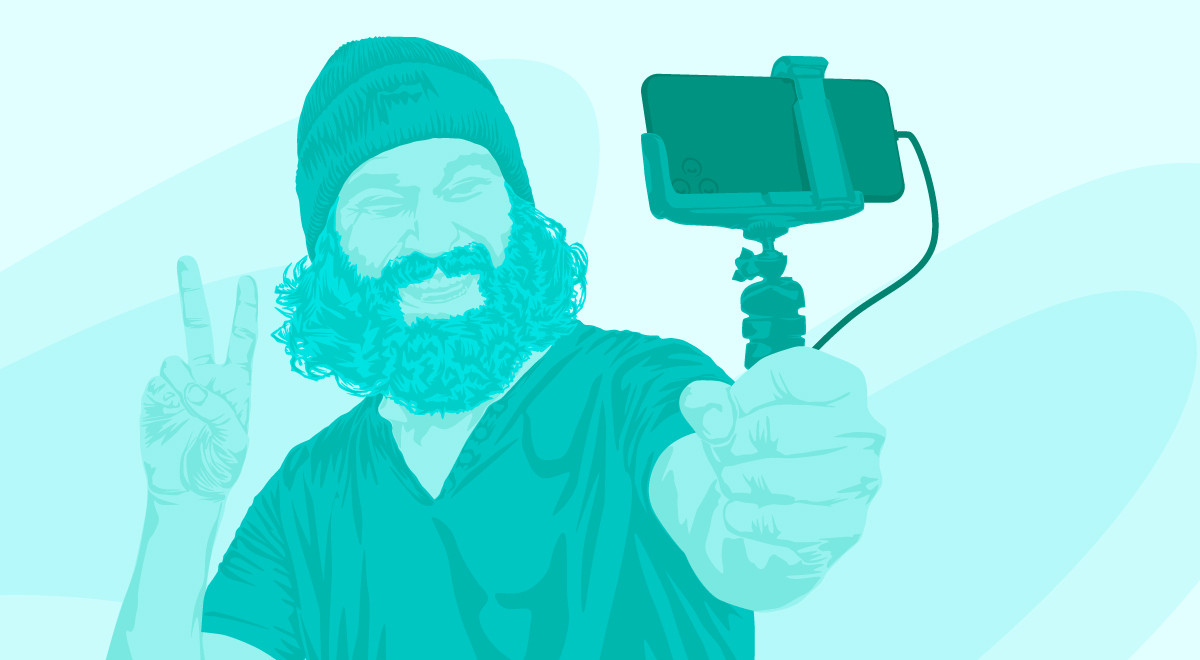2. Low
agreeableness (or high antagonism) is the personality trait that all
narcissists have in common.
When we describe a person, we usually resort to adjectives:
kind, selfish, cheerful, ornery, poised, and so on. In personality theory,
these kinds of descriptions are called “traits.” A group of traits is akin
to ingredients that, when brought together, produce a complex psychological
dish called personality.
Just as there are thousands of possible culinary ingredients
and countless ways to combine them, so the numerous traits combine in an
infinite number of variations. At the same time, however, certain psychic
ingredients cluster into patterns that have some regularity to them. For
example, people who are empathetic are often kind and nurturing as well. Jaded,
cruel, and cynical often cluster together, as do the depressed, insecure,
and anxious. These kinds of clusters form with enough regularity that
psychologists have been able to identify overarching traits that help us
better sort the complexities of human personality.
One of the most helpful tools for understanding personality
is “the Big Five”: openness, conscientiousness, extraversion,
agreeableness, and neuroticism. You can use the acrostic “OCEAN” to help
remember them.
Openness
has to do with curiosity, imagination, desire for adventure, and
willingness to entertain new ideas or experiences. Artists and
entrepreneurs are often high in openness. Elon Musk, Joe Rogan, Steve Jobs,
and Andy Warhol are examples of high openness. Mike Pence, with his slow
and steady demeanor, is an example of someone who is low in openness.
Conscientiousness
relates to work ethic, self-restraint, and love of stability and order.
Hermoine Granger from Harry Potter is an exemplar of
conscientiousness par excellence.
Extraversion,
at least in personality theory, relates to drive, ambition, and the desire
for achievement. People high in extraversion are high-energy and confident.
Agreeableness has
to do with whether or not someone plays nice with others. It relates to
trust, kindness, and moral bearings. People low in the trait of
agreeableness are usually labeled antagonistic. This trait is especially
vital to understanding narcissism. With antagonism comes entitlement,
hubris, and mistrust of others, as well as the belief that one’s needs
matter more than anyone else’s.
Neuroticism,
the last of the Big Five Traits, has to do with anxiety, fear,
hypersensitivity and self-consciousness. Neurotic people get angry or
pugnacious in the face of threats. For people who score high in
neuroticism, everything is a threat. The less neurotic, the more
emotionally stable people tend to be. The cool, calm, and collected
characters that Denzel Washington tends to play are extremely low in
neuroticism.
The Big Five Personality Map is used all over the world.
There’s no such thing as the perfect personality, but the Western cultural
ideal is high openness, high conscientiousness, high extraversion, high
agreeableness, and low neuroticism. It’s called the “Big One.”
So how do the Big Five relate to narcissism? As mentioned
above, low agreeableness or high antagonism is the chief ingredient in the
making of a narcissist. To make a grandiose narcissist, add a high level of
extraversion (sociability, drive, and confidence). Typically narcissists are
also likeable at a superficial level, so they get away with having a mean
streak. To make a vulnerable narcissist, add high neuroticism instead of
high extraversion. With this combination, the sense of entitlement and
superiority remain, but instead of confidence and boldness, there’s
depression, anxiety, insecurity, and emotional instability. Middle zone
narcissists, who possess a blend of vulnerable and grandiose narcissism,
are low in agreeableness, and high in both extraversion and neuroticism.
To be clear, just because people are disagreeable does not
necessarily mean they are narcissists, neither does a person’s high
extraversion or high neuroticism mean they are grandiose or vulnerable
narcissists.
|



No comments:
Post a Comment